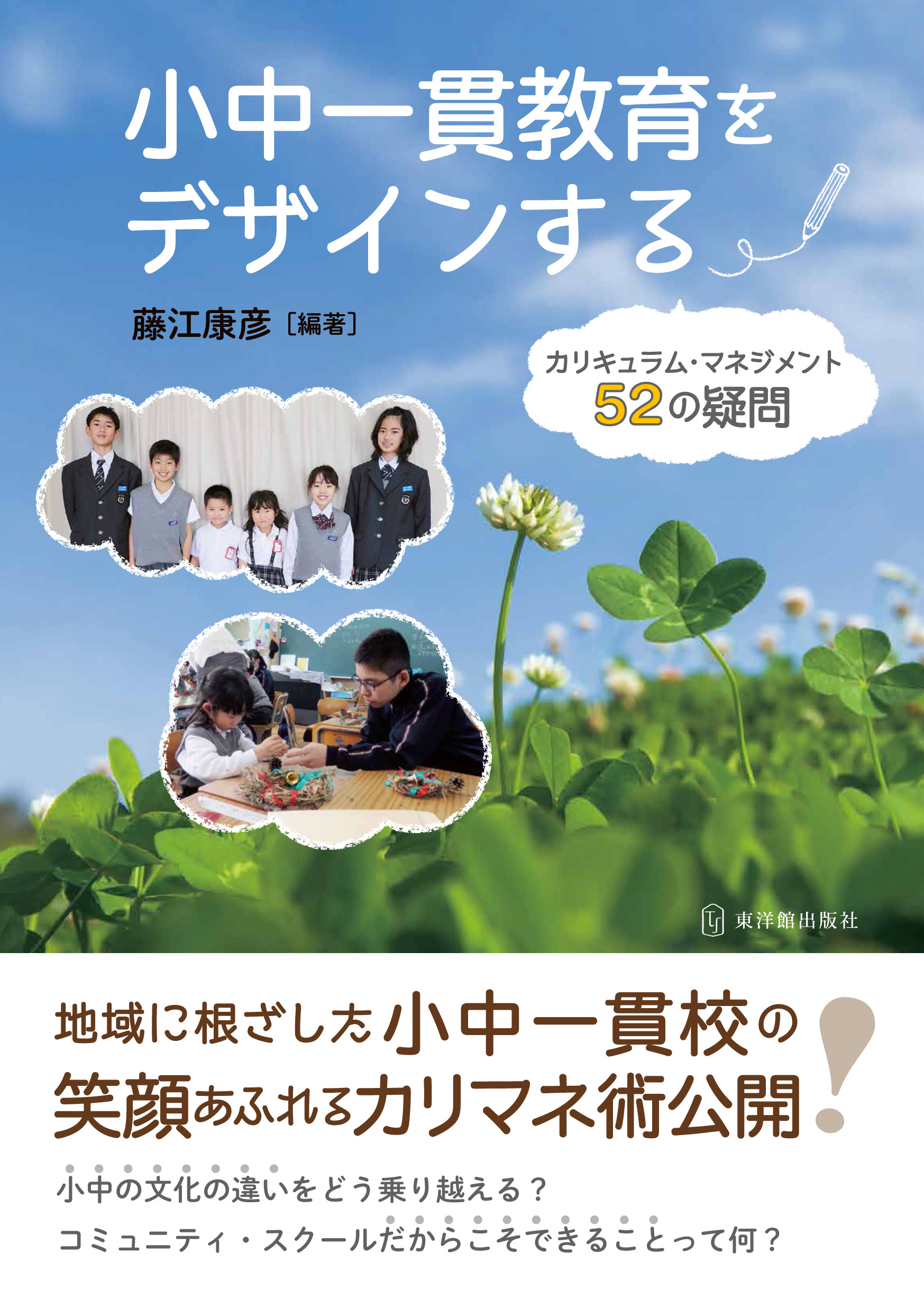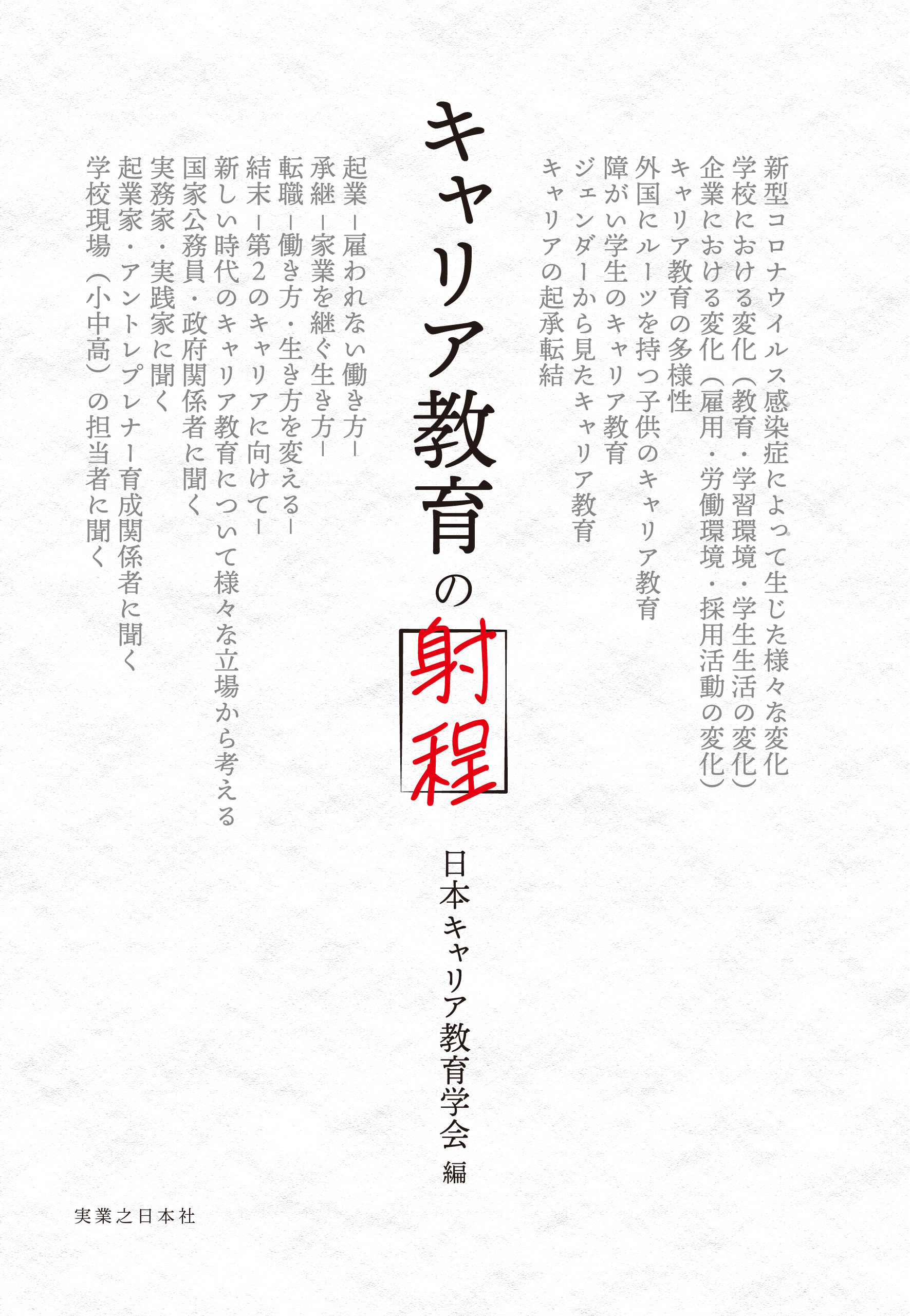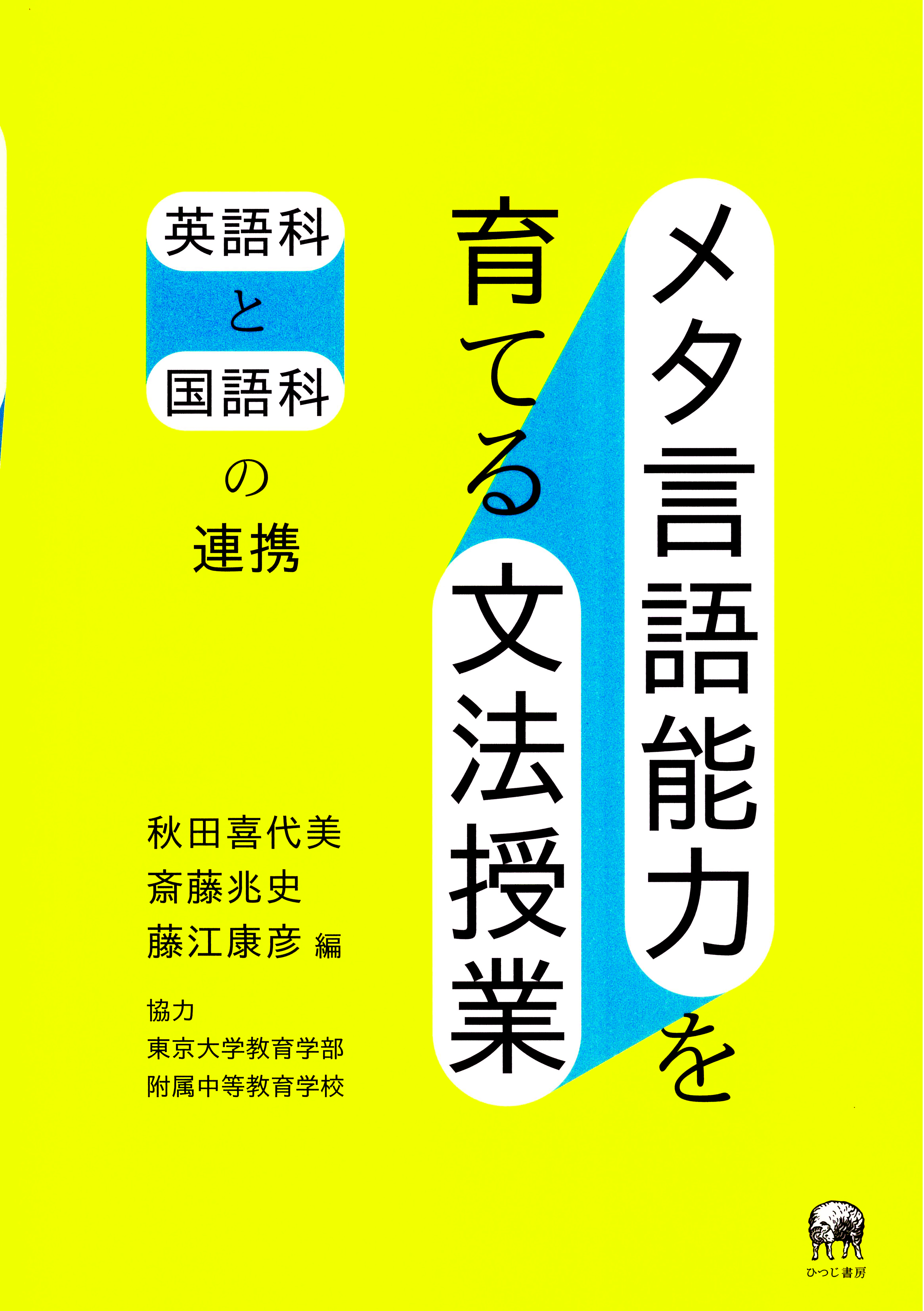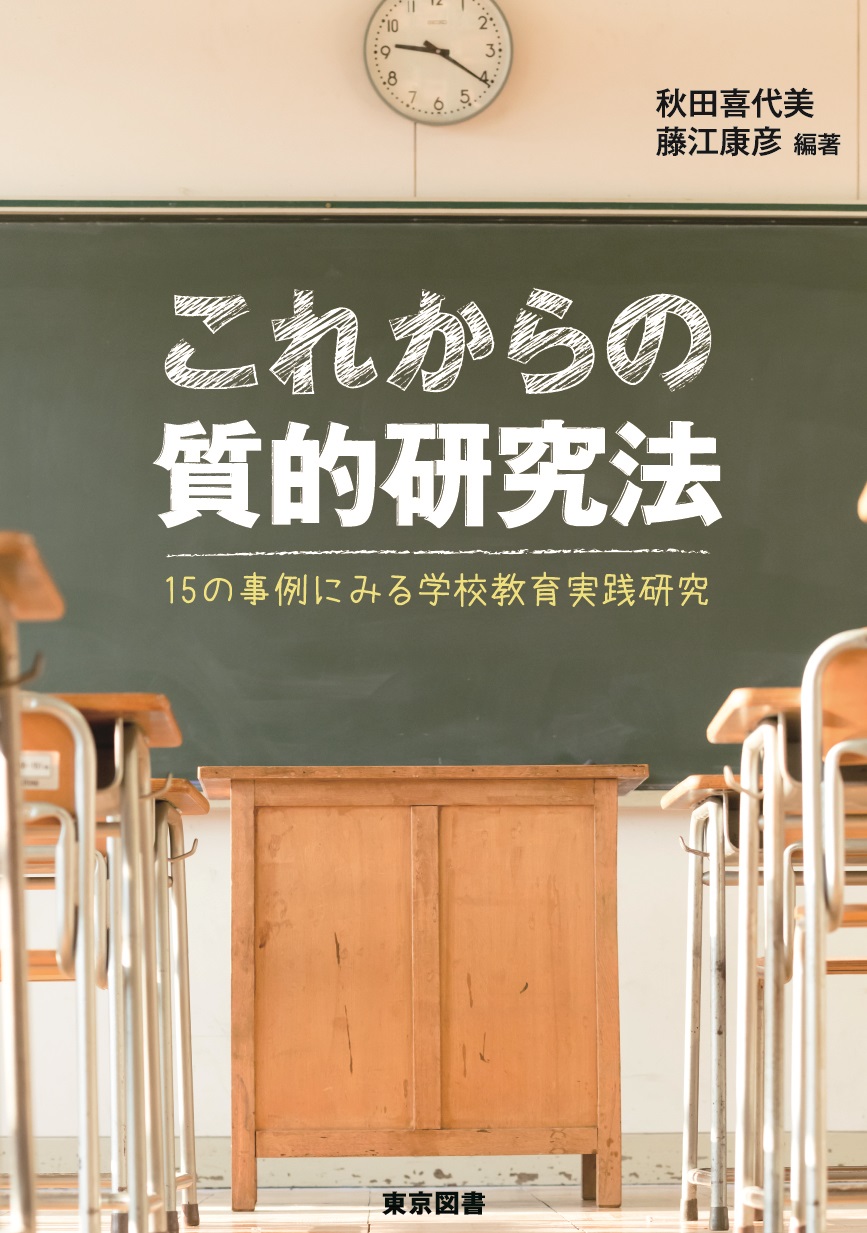
Title
Shōchū ikkan kyōiku o dezain suru (Designing An Integrated Program of Elementary And Junior High School Education - Curriculum Management: 52 Questions)
Size
176 pages, A5 format
Language
Japanese
Released
October, 2019
ISBN
9784491039442
Published by
Toyokan Publishing
Book Info
See Book Availability at Library
Japanese Page
There has been a growing trend throughout Japan in recent years to promote collaborative elementary and junior high school programs and combine elementary and junior high schools into a single educational institution as teachers, parents, and local communities work together to create curriculums and learning environments that are better tailored to children’s developmental stages. The objective is to help children transition the institutional, cultural, and cognitive differences between elementary and junior high school, build better relationships with adolescents, and design effective nine-year compulsory education curriculums and group compositions. As communities and schools build cooperative partnerships, we are starting to see reports coming out of schools and municipalities on the practical aspects of these kinds of endeavors. In April 2018, the School Education Act was amended to establish a new school category of “compulsory education school” that institutionalizes integrated elementary and junior high school education.
Curriculum management is an important part of an integrated elementary and junior high school education. Curriculum management has three aspects. One is to implement a perspective transcending all subjects that is based on the school's educational goals and that is applied to systematically arrange the educational content necessary to achieve those goals. The second is to establish a series of PDCA cycles to organize, implement, evaluate, and improve educational programs based on various data. Third is to effectively combine educational content with the necessary human and material resources, including utilizing external resources such as local communities. Additionally, the use of the term “curriculum” implies an emphasis on the learner’s learning experience and the valuing of the learner’s rich experiences that exceed a teacher’s expectations. The term “management” refers to the allocation or reallocation of “people, objects, and events” so as to enhance education quality within each school and improve the student’s learning experience—including the allocation or reallocation of resources both within and outside the school.
With these factors in mind, this book presents and examines curriculum management in integrated elementary and junior school education, and how to create and implement practices within integrated elementary and middle schools. The book is divided into three sections.
Part I describes the lead-up to the opening of Satsukino Gakuen, a public integrated elementary and junior high school in Sakai City, Osaka Prefecture, that cooperated in the preparations for this book, and examines the school organization, practical innovations, and its future prospects as an integrated elementary and junior high school. The information is presented in episodes in which the people who were actually involved in setting up the school talk about their experiences and their daily practices in a way that helps the reader to get a real-life image of the character and operations an integrated elementary and junior high school.
Part II is presented in the form of Q & A to examine actual case studies and the aspects of operating an integrated elementary and junior high school. The questions reflect the doubts and concerns of teachers and municipal authorities that arose in the process of setting up the integrated elementary and junior high school, and the answers are based on the actual experiences of the teachers in the school. This section of the book is intended to give insights into the issues of an integrated elementary and junior school and the how these issues are tackled in actual practice.
Finally, Part III presents analyses and studies by researchers on the significance and possibilities of integrated elementary and junior high school education, and the points to be considered in creating an integrated elementary and junior high school. As there are still few case studies of this new kind of school, this is an invaluable resource of practical research on the subject.
We believe this book has much to offer anyone who is interested in learning more about compulsory education, collaboration between schools and their local communities, and curriculums tailored to children’s developmental stages.
(Written by FUJIE Yasuhiko, Professor, Graduate School of Education / 2021)



 Find a book
Find a book




